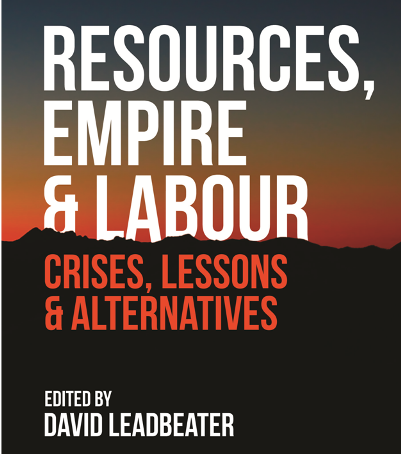NEW DELHI, Oct 20 (Reuters) – India promised on Monday to open up the coal industry to private players and moved closer to selling a stake in a state-run oil company, as Prime Minister Narendra Modi picked up the pace on economic reform days after relaxing fuel price controls.
Using an executive order, the cabinet agreed to allow private Indian companies to mine and sell coal at an unspecified future date, Finance Minister Arun Jaitley said. That sets the stage for the biggest liberalisation of the industry in more than 40 years.
The ruling party’s success in two state elections last week capped several days of action on the economic front and has given Modi more room to cut through a thicket of regulations and state controls he says holds back Asia’s third-largest economy.
“Reform is the art of the possible,” Jaitley earlier told TV network ET Now, hinting that more was to come. “In the first year, when people expect lot of reforms and there is lot of popular support behind the reform process, it is more easily possible.
Modi was elected in May on promises he would create jobs and rejuvenate the Indian economy, but investors and economists were disappointed by his first budget and a lack of early progress on fixing structural economic problems. In the last week, he has gone some way towards quelling those concerns, putting in a reform-minded team at the finance ministry that includes prominent economist Arvind Subramanian to help formulate the budget and policy.
























